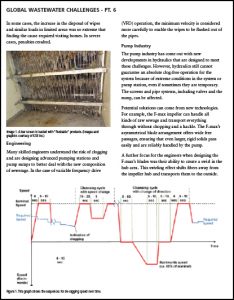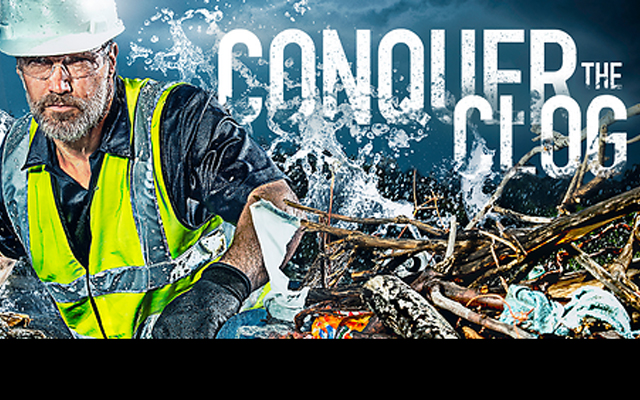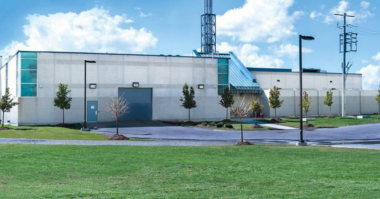The production of so-called “non-woven products” has grown tremendously in recent years, and while the problem is likely to remain, there are several different groups trying to combat the “disposable” wipe problem.
1. Manufacturers of personal hygiene products must make their products “sewer-friendly”.
The update certificate that categorizes certain products as “flushable” is based on a test that is not optimized for the whole way through the sewer; even if the toilet does flush the product. Better and more realistic tests are being developed to identify wipes that are truly flushable and that will not create difficulties for the sewer and the system. The intended goal has to be very similar to toilet paper. The research and development is focused on developing products that are resistant and durable, yet easily disintegrate after use.
2. Municipalities are educating the public.
Many municipalities and operation companies have campaigns in place to educate the discharger and residents about the consequences and long-term costs of disposable wipe use on sewer systems.
3. Engineers are getting ahead of the problem in the design stage of wastewater systems.
Many skilled engineers understand the risk of clogging and are designing advanced pumping stations and pump sumps to better deal with the new composition of sewerage.
4. Pump Manufacturers are making new technologies available to the market.
Pump manufacturers have developed hydraulics that are designed to meet the new challenges of pumping wastewater. For example, one type of impeller can handle all kinds of raw sewage and transport everything through without chopping and a hackle. (Read more about hydraulics designed for wastewater applications).
5. Control equipment suppliers
Control equipment suppliers are offering solutions for particular systems. One example is a VFD with the de-ragging feature, which has been used successfully at some stations.
 Download Part 6 of Global Wastewater Challenges to learn more about the various groups that are working on improvements to this worldwide infrastructure challenge.
Download Part 6 of Global Wastewater Challenges to learn more about the various groups that are working on improvements to this worldwide infrastructure challenge.





Comments